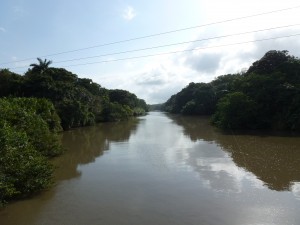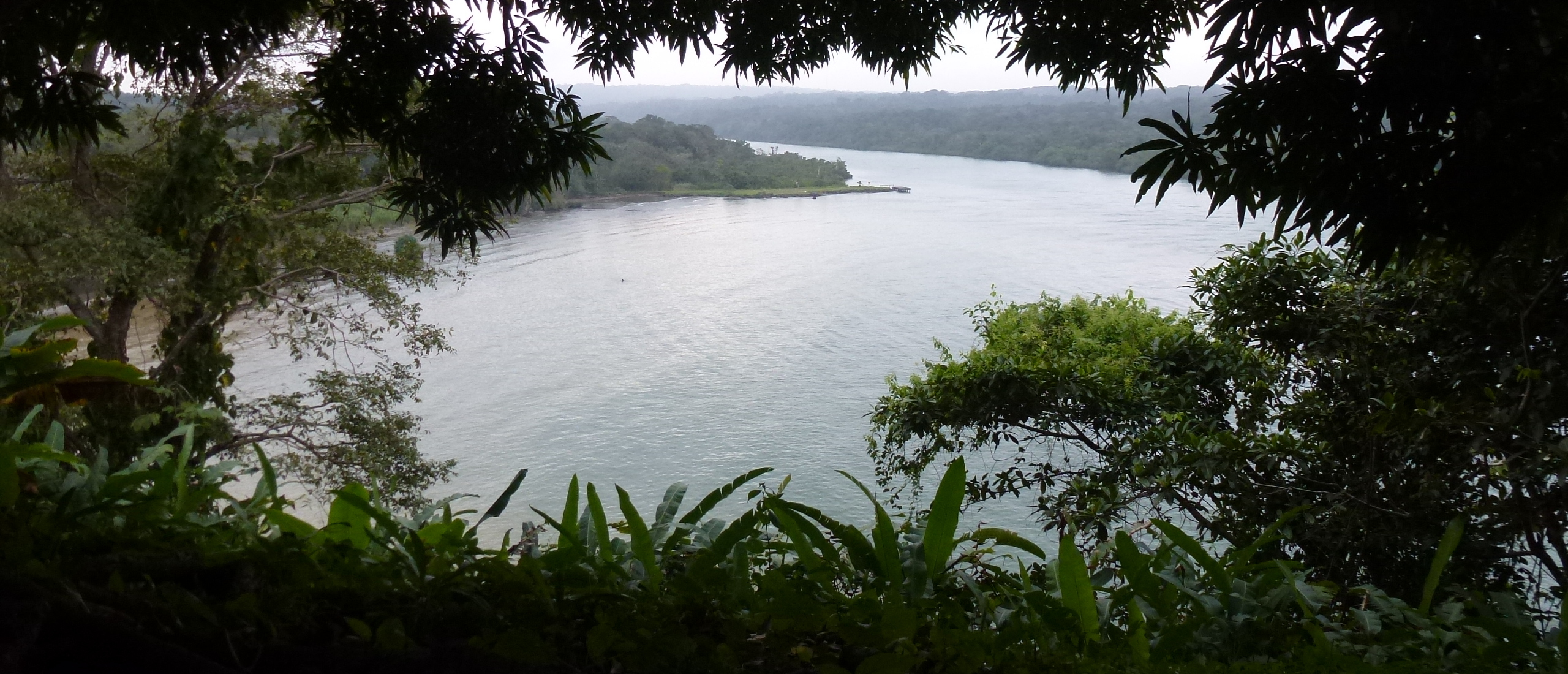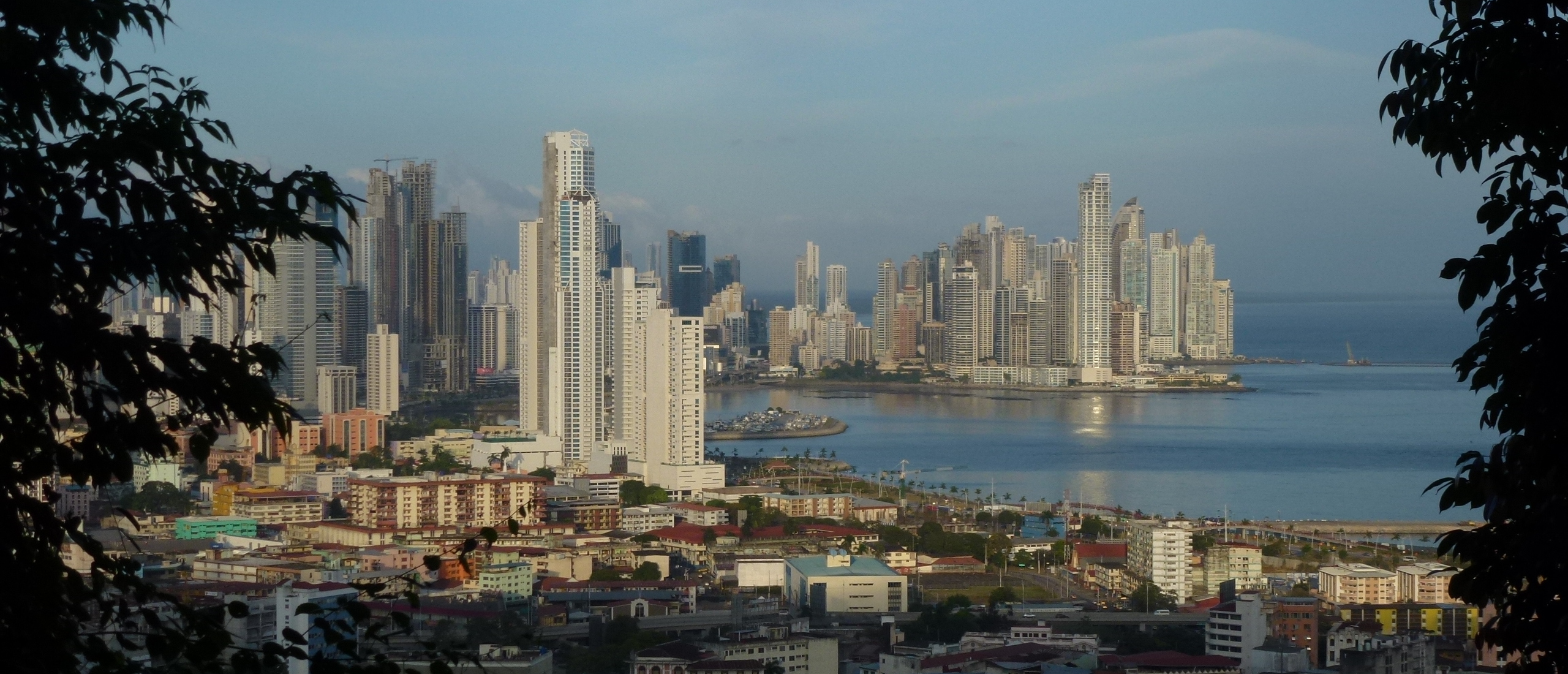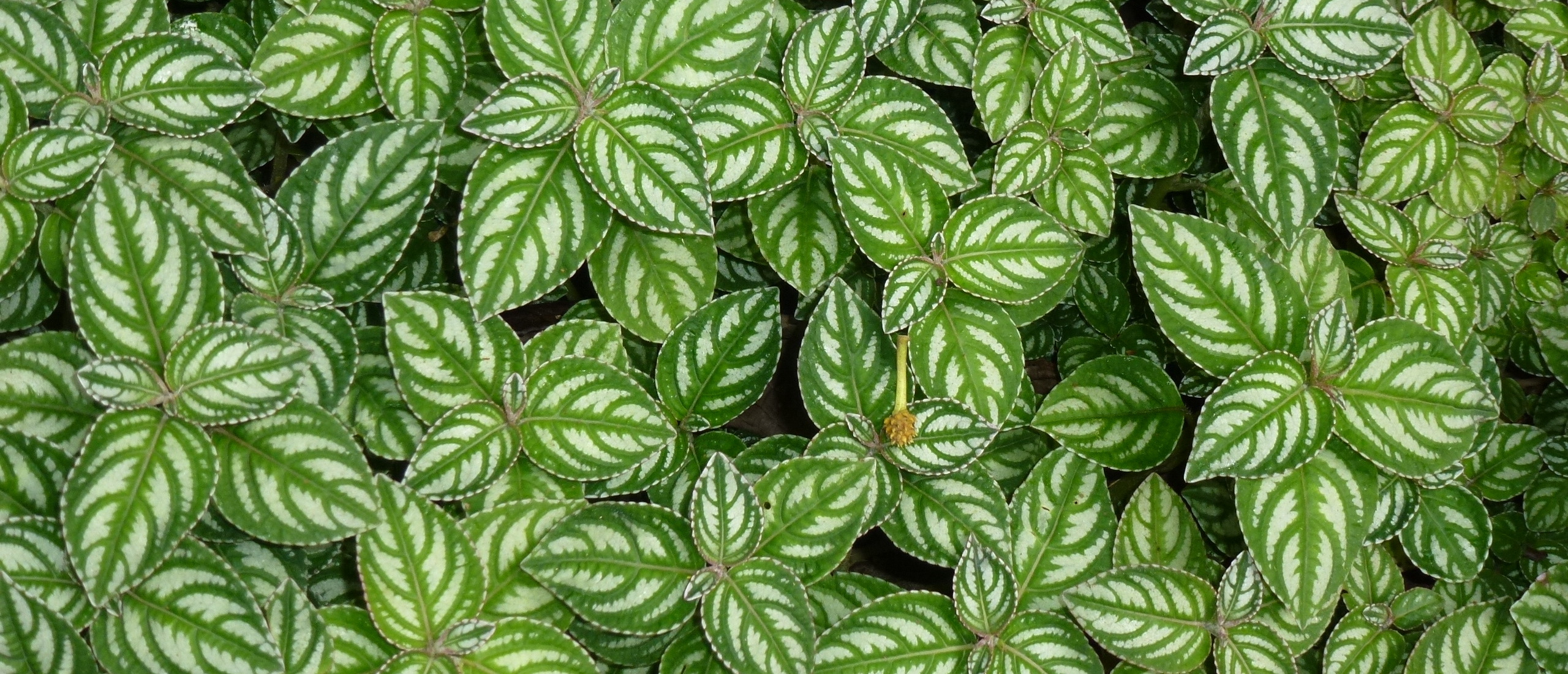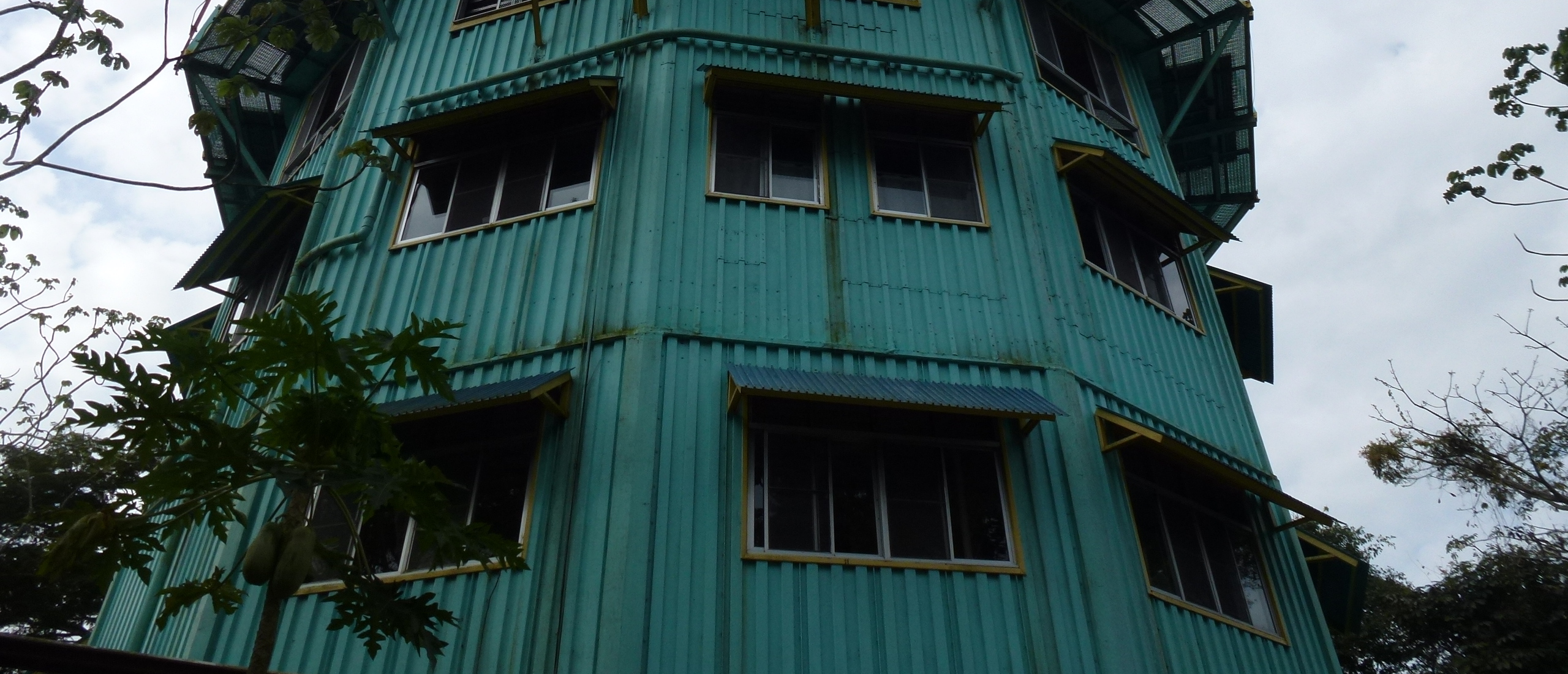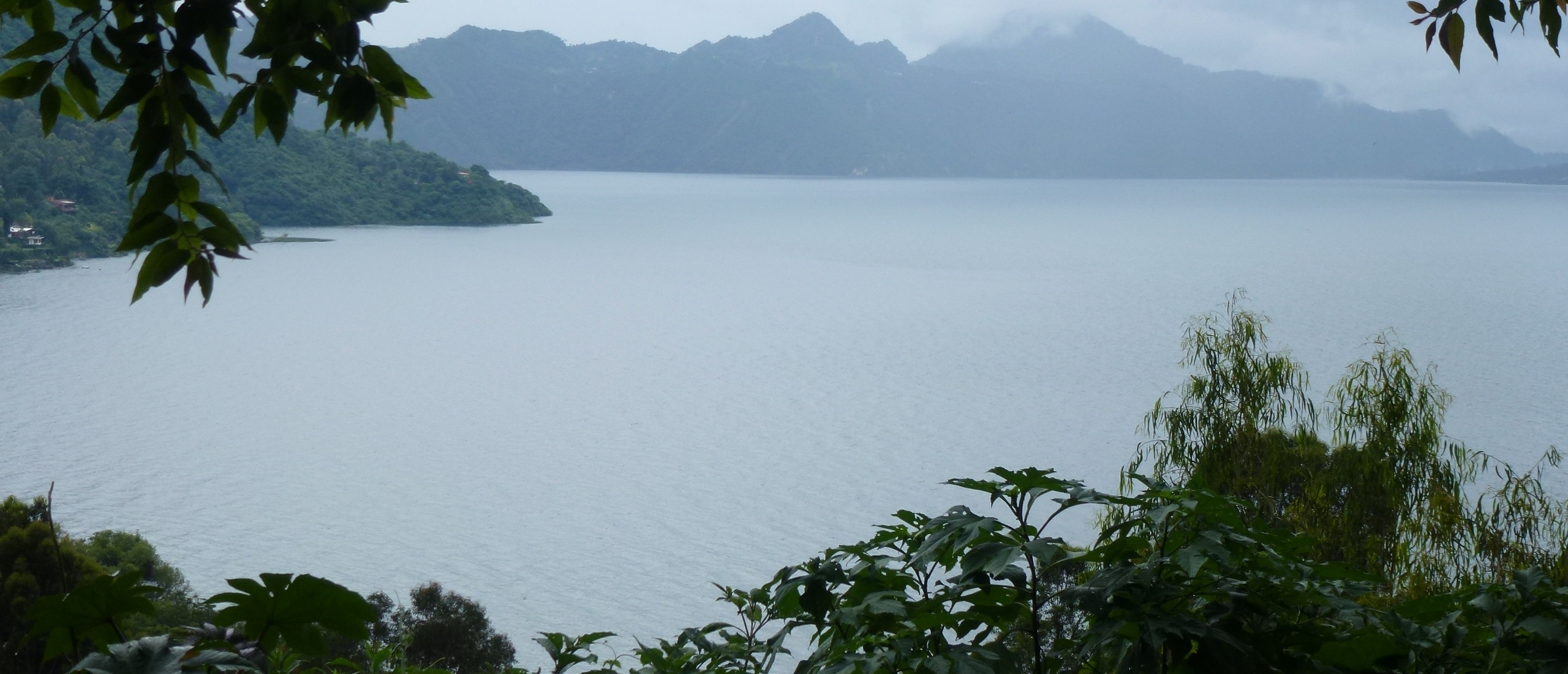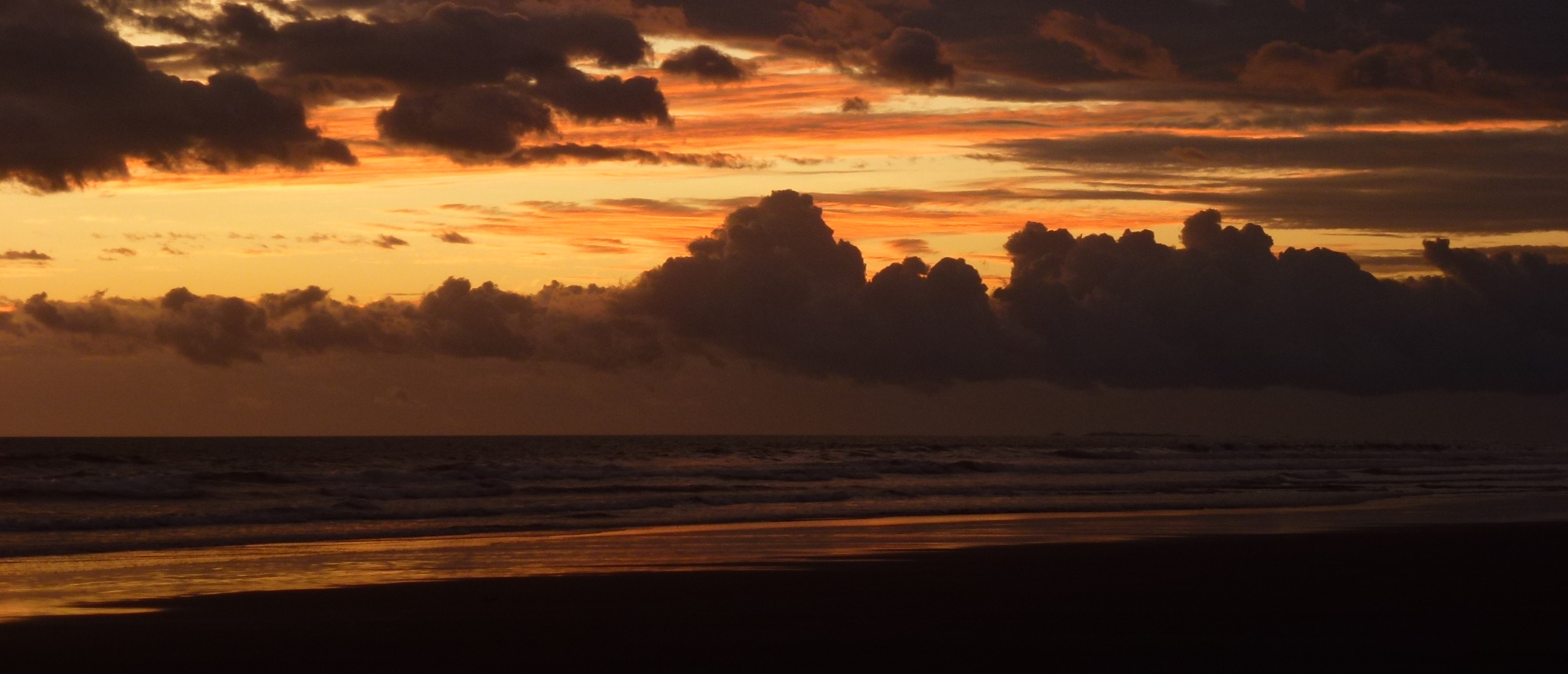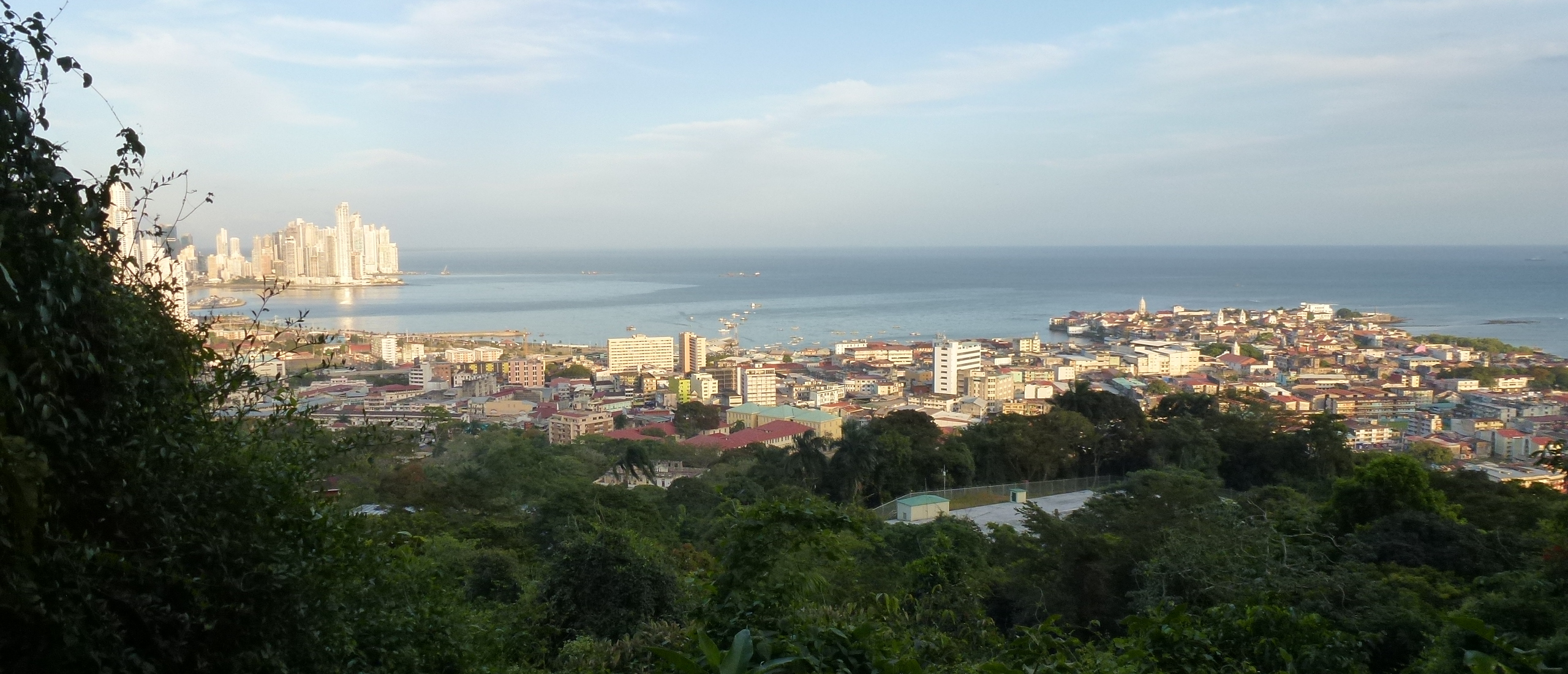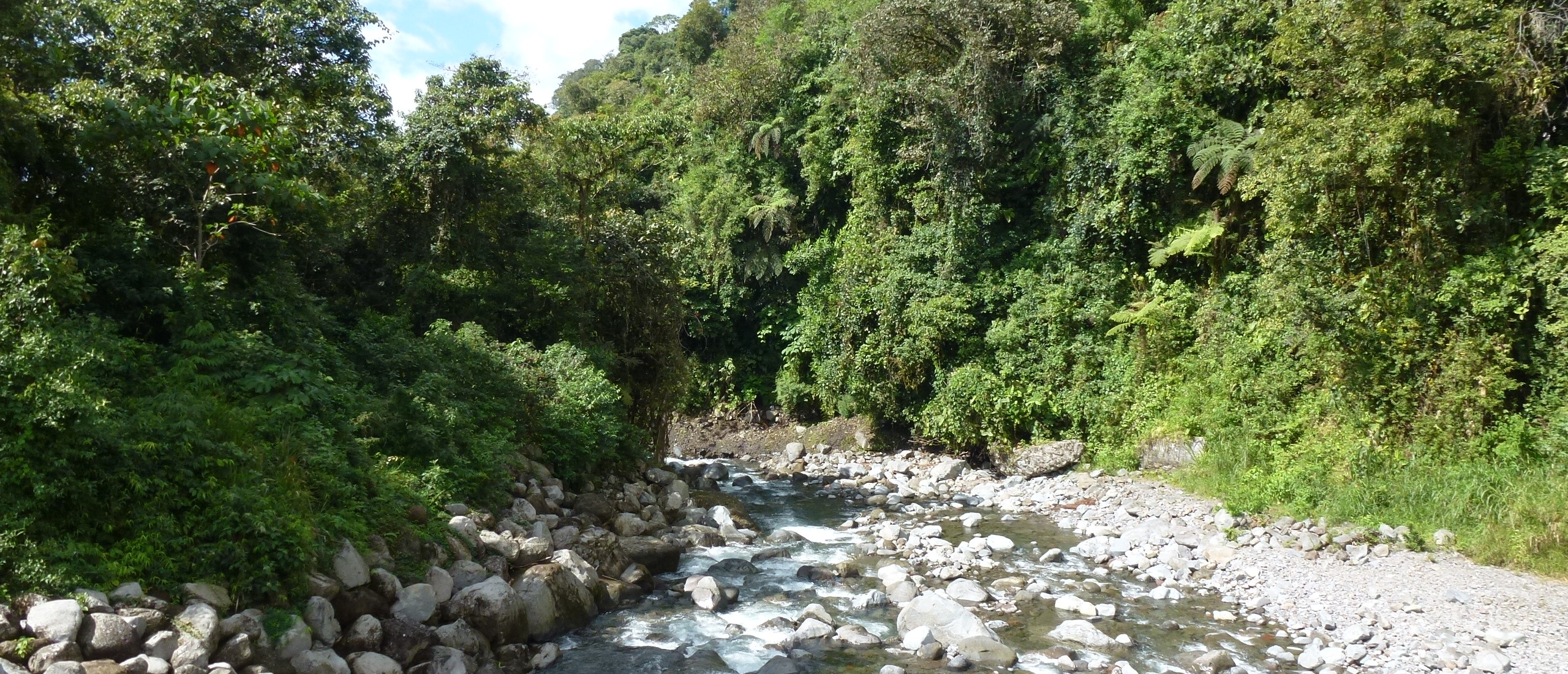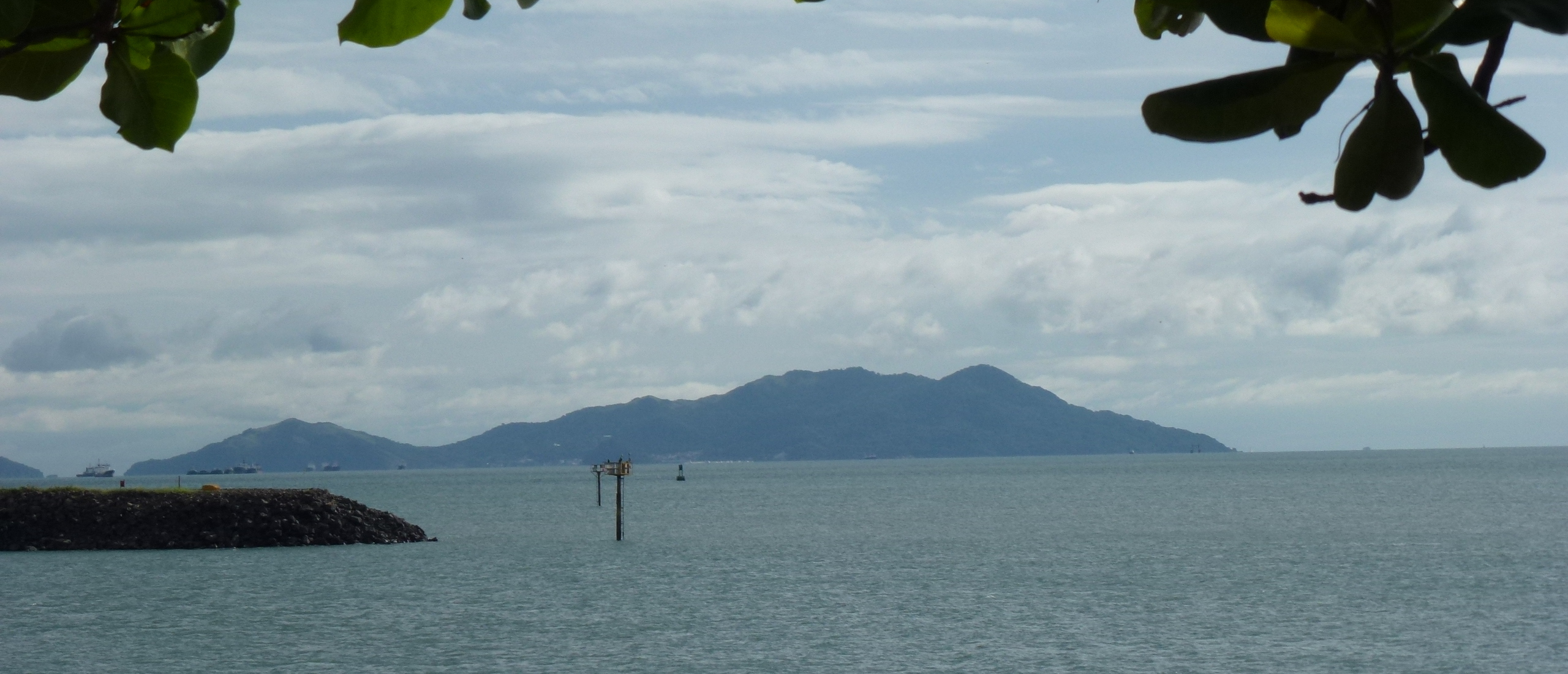
GCC's last letter from Central America, as his four-year stint of insect-collecting draws to a close This last Central American letter written by my great-grandfather, entomologist George Charles Champion, reveals something of the hardships he went through, and his frustration at becoming ill on the remote Pearl Islands. These islands (other than the Isla Contadora, which played host to the deposed Shah of Iran in 1979/1980, and is now an upmarket resort) are still difficult to reach, although the Isla del Rey, the island on which GCC stayed, is sure to be discovered by the real estate market soon. He was lucky to find accommodation with kind and friendly people, "though they were black". It is hard for us today to go along with this kind of statement, but times and attitudes were different 130 years ago. GCC also describes his journey across the isthmus to the Caribbean port of Colón, which even today is an unhealthy, crime-ridden dive - it is lucky for my family that he did not catch Yellow Fever, which among other causes ended up in more than 22,000 deaths among the construction workers, and in the ultimate abandonment of the French attempt to build a canal. Had he contracted the disease, we would not exist!
Following the posting of this letter, George remained on the island until 27th April, but as his diary shows, he did not feel well enough to achieve much insect collecting - and as he says, there were not many insects in the heat of the dry season to be found anyway. GCC's return from San Miguel, on the Isla del Rey, to Panama City, effected in a small canoe open to the blazing sun, took two and a half days. After one night in the capital, he boarded Royal Navy ship HMS Sappho for the short crossing to the Isla Taboga, where he remained for 17 days, collecting when he could, but still feeling distinctly unwell.
 HMS Sappho, on which GCC hitched a ride to the Isla Taboga
HMS Sappho, on which GCC hitched a ride to the Isla Taboga
Following this, he spent four days in the capital, tying up loose ends, and finally left Central America on board the SS Moselle, (a steamship that later sank near Colón in 1892 - see the Wreck Report in the Links section on the right of the screen), having paid $180 for his passage to England, calling at Jamaica, Haiti and Barbados en route. He finally sighted England again on 11th June, and reached London two days later. He makes no mention in his diary of a reunion with his parents, whom he had not seen for more than four years. The letters themselves are written in such a factual way that it is hard to find the emotions of G C Champion in them (he himself lamented his lack of ability to write with flair), but they do reveal the extraordinary bravery of the man, enduring as he did great hardship, discomfort, sometimes danger, and the legacy his journey left in the knowledge of the insect fauna of Guatemala and Panama is unparalleled.
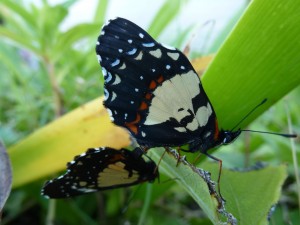 Chlosyne gaudealis, photographed at the Caribbean end of the Panama Canal
Chlosyne gaudealis, photographed at the Caribbean end of the Panama Canal
SAN MIGUEL, PEARL ISLANDS, PANAMA April 18th, 1883 My dear Mother, Don’t be surprised if you see me once more in London, about the 26th or 27th of next month. It is just possible I may leave Colón by the steamer of the 5th of May; if I do come, will telegraph on arrival at Plymouth. I will however probably go on to Southampton, where I suppose we should arrive about two days later owing to the steamer calling at Cherbourg. This place has not agreed with me at all; have been sick with fever and nearly all the time. I came over on the 2nd; we were 24 hours from Panama, becalmed nearly all day under a broiling sun, and no shade on these wretched little boats. Fortunately I again fell in with kind people, though they were black; I was confined to my bed for four days but am all right again now. Shall leave this place as soon as I can, probably for the Island of Taboga and perhaps spend a week or two there, anywhere rather than Panama (City).
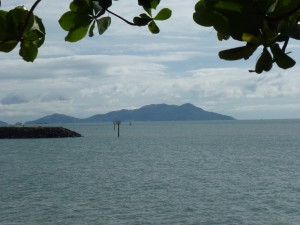 Isla Taboga, seen from near Panama City
Isla Taboga, seen from near Panama City
The trip to Old Providence I shall probably abandon; these small islands appear to be useless for my work, have found nothing here. If San Miguel were not about as hot as the lower regions, it would not be a bad place; the people are nearly all black and live by planting coconuts, yams, otos, rice, maize, yucas, etc; we see the range of mountains of the mainland very plain about 30 miles distant. Nearly all the houses are of bamboo, thatched with palm leaves, very few of wood or cement. It is a most ruinous looking place and the people live chiefly on salt beef and rice, cooked in coconut grease; though there are plenty of fish on the coast they don’t seem to catch many. Father might drop a few lines to Mr. Godman, in case I do not write again to him. I went over to Colón on the 27th returning the following day; I scarcely knew the place again it has altered so much in 4 years, the place is swarming with negroes, Frenchmen, organ grinders (!), cheap Jacks, etc; at night it is a perfect Babel. Where the people sleep goodness only knows, but oh, the heat and the smell of the place; it is built on a swamp, I don’t wonder at people getting sick, especially the newcomers, and water is so scarce that you can scarcely get enough to wash your hands in. All along the line of the Canal the Frenchmen are building houses, clearing the bush, levelling, etc, but they do not appear to have excavated a yard yet anywhere except to level the ground. Hoping all being well, soon to be with you all again and with best love to all. I remain, Your wandering, but affectionate son George C Champion
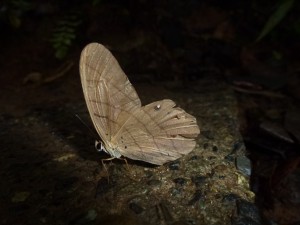 Pierella luna, photographed on Barro Colorado island, in the middle of the Panama Canal
Pierella luna, photographed on Barro Colorado island, in the middle of the Panama Canal


